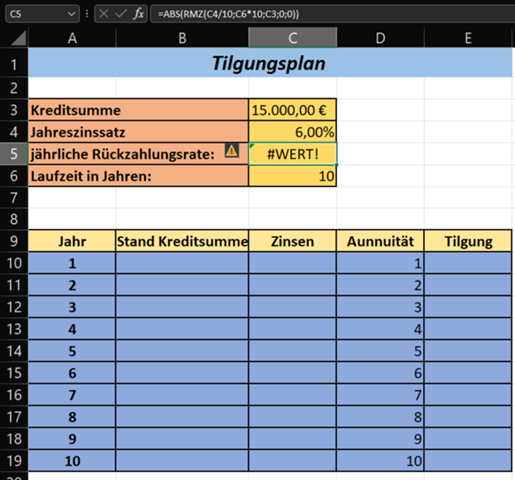Guten Tag. Ich verstehe Bahnhof. Vielen Dank :).
Erzeuge eine Klasse für Produkte, die es ermöglichen, diese Eigenschaften festzulegen.
Verende für die Namen der einzelnen Member die Bezeichnungen aus dem Array
( Artikelnummer; Produktnummer; preis;beschreibung und anzahl)
Verhindere dabei einen Zugriff von außerhalb der Funktion.
2. Erstelle jetzt Methoden, die es ermöglichen, Änderungen an den einzelnen Membern
vorzunehmen. ( Dateiname: class_produkt.php)
Erstelle ein Hauptprogramm, das das Objekt Bohrmaschine erzeugt und die Eigenschaften
wie das Array vorgibt.
3. In dem Beispiel von mir ist es möglich die Sitzplätze zu ändern. Allerdings lässt sich der
Wert noch nicht anzeigen. Erstell hierfür die Methode getSitzplaetze.
( Hinweis: verwende die Datei class_auto.php )
Verwende diese Methode im Hauptmenü.


